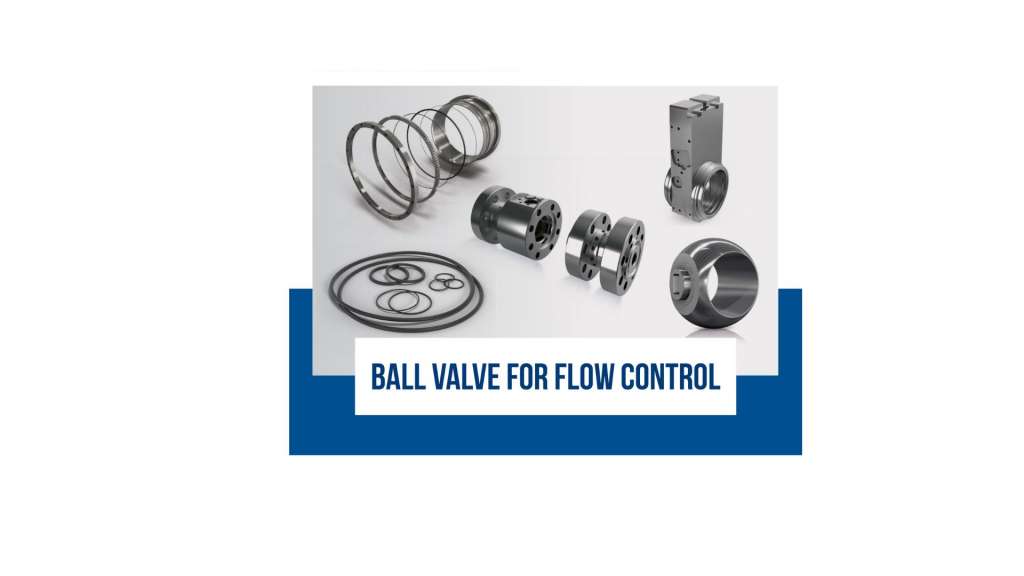At Carrara S.P.A., we understand that a valve is more than just a component—it's a critical element in the precise management of industrial processes. While ball valves are widely recognized for their durability and reliable shut-off capabilities, a common question we encounter is whether they can be effectively used for flow control.
The answer is not a simple yes or no; rather, it depends on the specific application and the specific valve design.
1. The Standard Ball Valve: A Simple Solution with Limitations
Standard ball valves are designed primarily for on-off applications. Their quarter-turn design, which allows for a wide-open passage or a complete shut-off, makes them excellent for quick, leak-tight operations.
However, this design is not ideal for precise flow regulation. Attempting to use a standard ball valve for fine throttling can lead to issues such as premature wear of the seats and seals, and potential cavitation and erosion due to high velocity and turbulent flow at partial openings.
2. Enter the V-Port Ball Valve: A Specialized Solution
For applications requiring more accurate flow control, the V-port ball valve is the optimal choice. Unlike standard valves with a round bore, the V-port design features a V-shaped notch in the ball or seat. This contoured shape allows for a more linear flow characteristic, meaning the flow rate increases proportionally with the valve’s rotation. This design significantly improves control and makes it a viable alternative to other control valve types like globe valves, especially in applications that don't require extremely fine adjustments.
3. The Importance of Application-Specific Components
The effectiveness of a ball valve for flow control is heavily dependent on the application's specific requirements, and this extends beyond the valve body itself. The seats and seals are fundamental to the valve's performance, ensuring a tight seal and contributing to its operational longevity. Using the right materials for these components is crucial to withstand the high pressures and temperatures involved in flow control, preventing leaks and reducing maintenance needs. At Carrara S.P.A., we specialize in manufacturing high-quality seats and seals engineered for these demanding conditions.
4. Advantages of Using Ball Valves for Flow Control
When the right type of ball valve is selected and equipped with quality components, it can offer several key advantages for flow control applications:
- High Flow Capacity: Ball valves provide a high turndown ratio and a low pressure drop when fully open.
- Cost-Effectiveness: Compared to some specialized control valves, they offer a relatively low-cost solution.
- Compact Design: Their lightweight nature makes them easy to install and maintain.
- Durable Performance: Quality valves with the right seats and seals are built to withstand high pressures and temperatures.
In conclusion, while standard ball valves are best suited for shut-off applications, the specialized design of V-port ball valves makes them a viable and effective option for a broad range of flow control needs.
Their ability to offer precise, predictable performance, coupled with the essential role of components like seats and seals in ensuring reliability, provides a powerful solution for many industrial challenges.
At Carrara S.P.A., we are committed to providing the right sealing solutions to optimize your system's performance and ensure long-term reliability.
